9+ SAMPLE Distribution Sales Plan
-
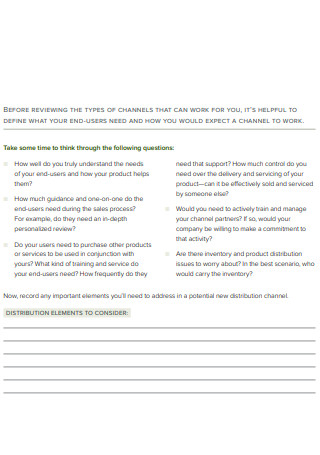
Sample Distribution Sales Plan
download now -
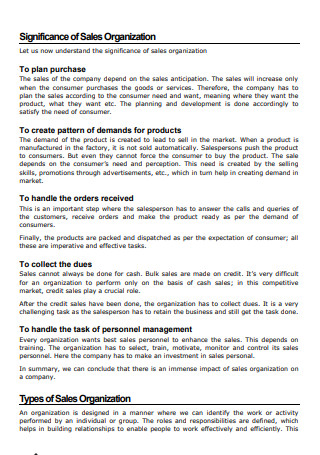
Distribution Sales Management Plan
download now -
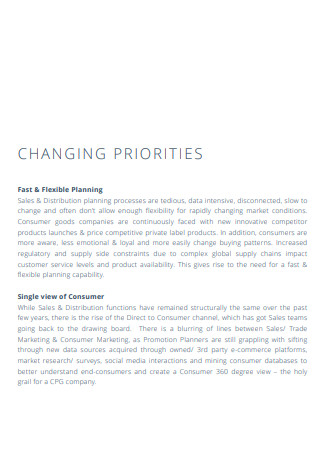
Simple Distribution Sales Plan
download now -
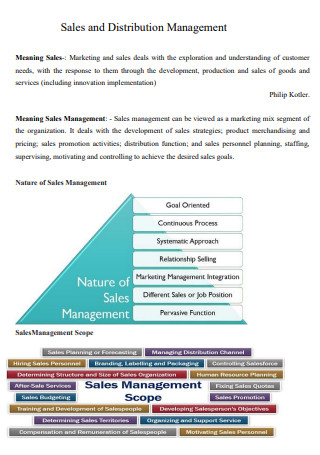
Sample Distribution Sales Management Plan
download now -
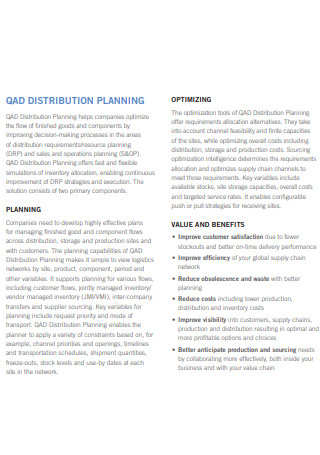
Distribution Sales Plan Example
download now -
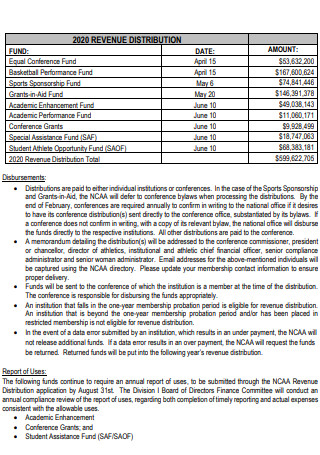
Distribution Sales and Revenue Plan
download now -
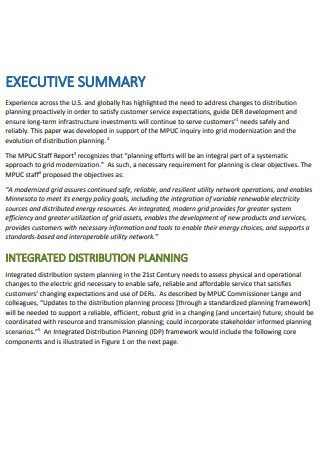
Integrated Distribution Sales Plan
download now -
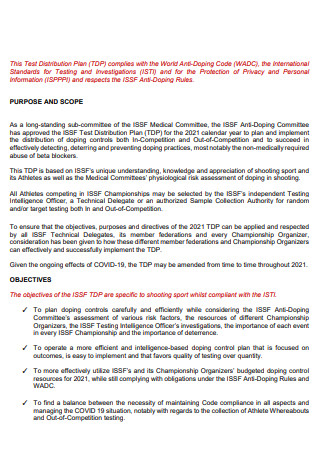
Formal Distribution Sales Plan
download now -
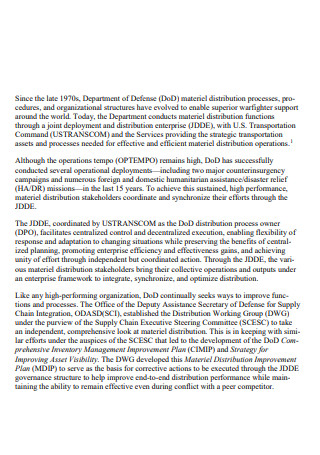
Distribution Sales Improvement Plan
download now -
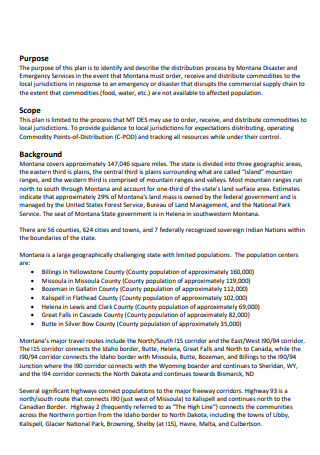
Simple Distribution Sales Management Plan
download now
FREE Distribution Sales Plan s to Download
9+ SAMPLE Distribution Sales Plan
Distribution Sales Plan: What IS It About?
What are the Different Types of Distribution Channels?
How To Create a Distribution Sales Plan
FAQs
What are the two types of distribution business?
What are some of the common steps to start a distribution business?
What are the four elements of a marketing mix?
Distribution Sales Plan: What IS It About?
For a business to survive in an ever-diversifying economy and market, a business needs to have effective and strategic planning in place. A business needs to identify its goals and objectives and create action steps on how to go about achieving those goals and objectives. Revenue is the main driving force that keeps a business running. It is the life source that goes through any company’s operational, marketing, financial, and sales planning. Even more so in a distribution business, where a distributor plays an important role in moving goods or products between a manufacturer and a retailer, to ensure a smooth business relationship and operation between the two parties. That is what a distribution sales plan is all about. It is a documented, strategic planning sales process where a distribution company sets its sales goal within a specified time frame to boost the distribution business’s revenue by buying goods and products at a lower price directly from a manufacturer, storing them, and then selling them to retailers. One of the sales goals of a distribution business is to look for as many retailers or retail stores to go in business with and sell or supply the products to. A sales plan will help distributors organize and align their goals, primarily serving as a roadmap that guides them on how to achieve their goals.
What are the Different Types of Distribution Channels?
Once a product or a good is manufactured and produced, it goes through a distribution channel that the manufacturing company deems as profitable for its business. There are a lot of different types of distribution channels to choose from, but it all depends on how suitable a particular channel or method is to the product that is being distributed. One of the factors when choosing a distribution method being considered is how fast the products can be distributed in terms of the physical presence of the products with its end customers. Another factor is how fast the return of revenue is. Other factors being considered are location strategy, available manpower, and/or available resources or budget. At the end of the day, it’s all about choosing the right distribution channel from which the business can get most of the benefit. Read on to find out more on what are some of the most common types of distribution channels being used by businesses.
How To Create a Distribution Sales Plan
A distribution business is an important part of any kind of industry. The kind of distribution method selected can also make or break a business’s success or its penetration into an overly aggressive, competitive, and diverse market. Good and effective sales planning can help properly position the business in the market, as well as achieve its goals, in this case, it’s business revenue goals. Similar to a roadmap, a distribution sales plan lays out the strategic steps to be taken to hit the revenue target. It also identifies who the end-customer target market is, and the type of sales strategies to be undertaken. In a distribution business, revenue comes from the sales or purchases from the business’s end-customers, such as the wholesalers or the retailers. There are no hard and fast rules when coming up with a distribution sales plan. In fact, a sales plan should be flexible and realistic enough to be carried out and meet the business’s needs in coming up with the revenue. If you plan to make one, here are some of the essential elements that need to be included in a distribution sales plan.
-
1. Executive Summary
An executive summary provides an overview of what the distribution business is all about. It gives a brief background of the business, what are the products or services it provides, and what are its goals and objectives as a whole. Executive summaries are often a turning point when being presented to their audience or readers. It should be brief, concise, yet interesting enough to make the reader or the audience want to go through the rest of the document or presentation. Executive summaries often contain a mission and a vision statement. A mission statement states the purpose or the reason for the distribution sales plan, which is mainly for business revenue targets. It also sometimes reflects the culture and values of the distribution business. A vision statement describes what the business hopes to achieve within a given timeframe. The statement usually sets the tone of urgency, motivating the people involved to work together in achieving the goals that are set.
-
2. Products and Services
Aside from buying goods and products from the manufacturer to sell to wholesalers or retailers, lots of distribution businesses also offer a variety of services. Some of these services include logistics, providing transportation of products from end to end, and warehousing or storage. The products and services should be outlined as well here in the sales plan document.
-
3. Market Analysis
A market analysis looks into the market’s condition, particularly in the distribution trade. It checks all the variables that can affect the business, such as the growth and trend of a distributorship, the target market, as well as the competitors’ profile. The analysis assesses how ready the market is for the type of distribution business that you are offering, and what are the possible opportunities or challenges that your business might face. One of the methods of doing a market analysis is by conducting a SWOT analysis. SWOT refers to the Strengths, Weaknesses, Opportunities, and Threats aspects that can affect the distribution business. Strengths are those unique features of the distribution business that makes it stand out in the market. Weaknesses are those factors that hinder the success of the business. It could come in the form of lack of manpower, lack of resources, lack of marketing skills, and so on. Opportunities are those features that the business could use to further boost its position in the market. While threats are those factors that could potentially harm or put the business at risks, such as increasing saturation of competition in the market or extreme weather conditions that could hinder logistics or harm product storage.
-
4. Marketing and Sales Strategy
Good marketing and sales strategy should always be based upon the goals and objectives for which the sales plan is created for. A marketing strategy is about reaching potential customers and turning them into actual purchasing customers. An example of a marketing strategy is creating a unique and appealing branding concept. Branding is all about attracting customers, in this case, retailers or wholesalers to what the distribution business has to offer. Another marketing strategy is using the latest trends in advertising, such as online marketing, social media or social networking marketing, search engine optimization or SEO marketing for those that have websites, and even email marketing. A sales strategy is all about how you position your products or services in the market. For a distribution business, one of the best sales strategies is to increase the presence of field sales personnel in target markets. The field sales agent should be trained in sales techniques to get retailers or wholesalers to sign up to partner with the distribution business. Another sales strategy is to increase products or goods presence or visibility in stores, both physical and online. Remember that when coming up with strategies, both in marketing and in sales, it should adhere to a SMART goal method. Meaning, strategies that are Specific, Measurable, Achievable, Relevant, and Time-bound.
-
5. Action Plans
Now that you have come up with your marketing and sales strategies, now is the time to put those strategies into action. The next section of your sales plan document can contain an itemized list of strategies or steps taken to achieve the business’s goals. You could present it in a table format. The first column shows what are the strategic steps or the action items. The next column would be the target sales goals. Since sales plans are time-bound, the next column should indicate what are the timelines or the due date for each strategy. Another column next to it could show the progress of each strategy, how far or near are they from reaching the sales goal. The last column could be assigned for the comments, observations, or feedback for each strategy.
-
6. Financial Statements
Oftentimes, a sales plan is created along with a business plan for the purpose of securing funds or capital for businesses. The current financial condition of the business is presented to potential investors or to financial lending institutions, as well as the strategies for earning sales revenue. The financial statement usually presents a cash flow statement and a balance sheet statement. A cash flow statement shows the flow of the money coming in and out of the business, while a balance sheet statement shows the assets, liabilities, and investments of the stakeholders.
FAQs
What are the two types of distribution business?
The two types of distribution businesses are retail distributors (which directly sell to consumers) and wholesale distributors (which resell to retailers).
What are some of the common steps to start a distribution business?
First, choose the type of product that you wanted to distribute. Next, make sure that you have a good inventory system in place, as well as enough storage space. The next step is to get the necessary permits and licenses. Afterward, start looking for manufacturers. Last but not least, start working on your marketing and sales strategies to attract your targeted end customers.
What are the four elements of a marketing mix?
A marketing mix is used by businesses as the basis for coming up with marketing tools to achieve their goals and objectives. The marketing mix includes distribution, product, price, and promotion.
Golden State Foods acts as the intermediary between McDonald’s and a beef meat supplier business. In other words, they are the distributor for McDonald’s food supply needs. Having been around since 1947, it takes a lot of careful planning on GSF’s part to stay on top of the marketing and distribution game and still remain as a top choice for food supplies in many of the world’s largest restaurants or food chains companies. And part of that plan includes an effective and well-prepared distribution sales plan.
Need help in creating a distribution sales plan? Check out our distribution sales plan templates, and start creating a successful career in the distribution industry!
